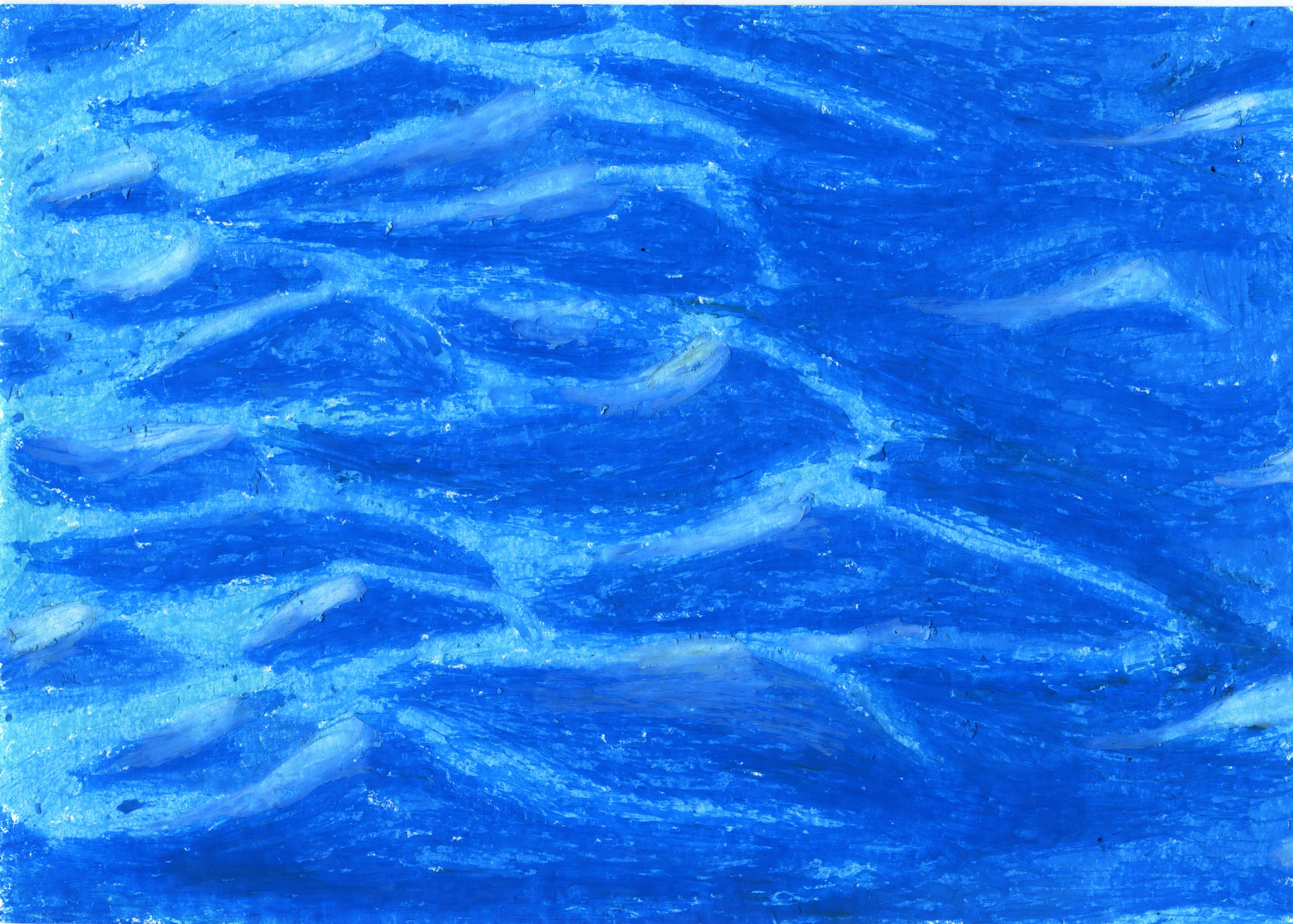
River Flow — is a participatory project, where artists and scientists, who study waters, work together. It started in July of 2022 on the banks of Neva river (to be exact Malaya, Bolshaya and Srednyaya Nevka).
During the research period artists met ichthyologist, ecologist, algologist, pedologist, entomologist, botanist, ornithologist. Next step of the laboratory was creating art-mediation for citizens, based on the scientific knowledge, but using the poetic language of metaphors.
The result of the laboratory was represented offline in September of 2022 in the form of art-mediation for citizens. Here are the photographs of the meetings with scientists, the description of mediation and it’s photos.
For the River Flow I worked with the layers of geological history and their “ghosts” in the modernity. My mediation is called Neva’s Archives, during it I’ve turned the scientific narrative into poetic one.
The subjects of my narrative are the “ghosts” of the organisms — previous inhabitants of the waters of proto Neva. Most of them are molluscs: ioldias, ancillides, lirorinas, but also some fish river flounder and sturgion.

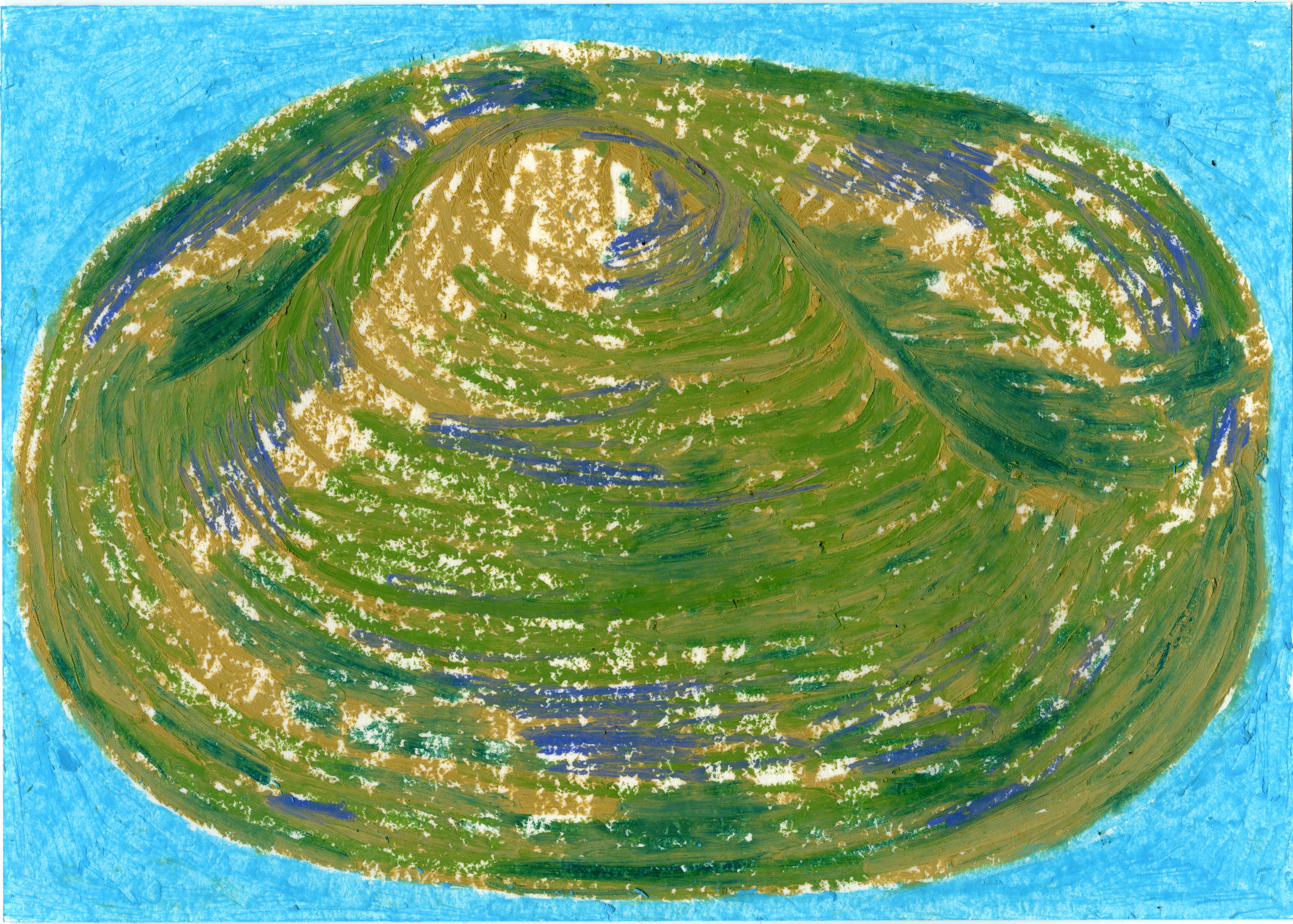
The “ghosts” were created from the raw clay and were put in water, that had destroyed them. Together with the participants we’d been observing and documenting this process, we also had created the “memories” for the hand-made album with graphics called Neva’s Archives. So the participants of the offline mediation had an oppurtunity to have a glimpse on the vision of ancient times and to become the part of Neva’s memories. The visitors of the online mediation would be able to see the process of turning raw clay molluscs and fish back to sand.

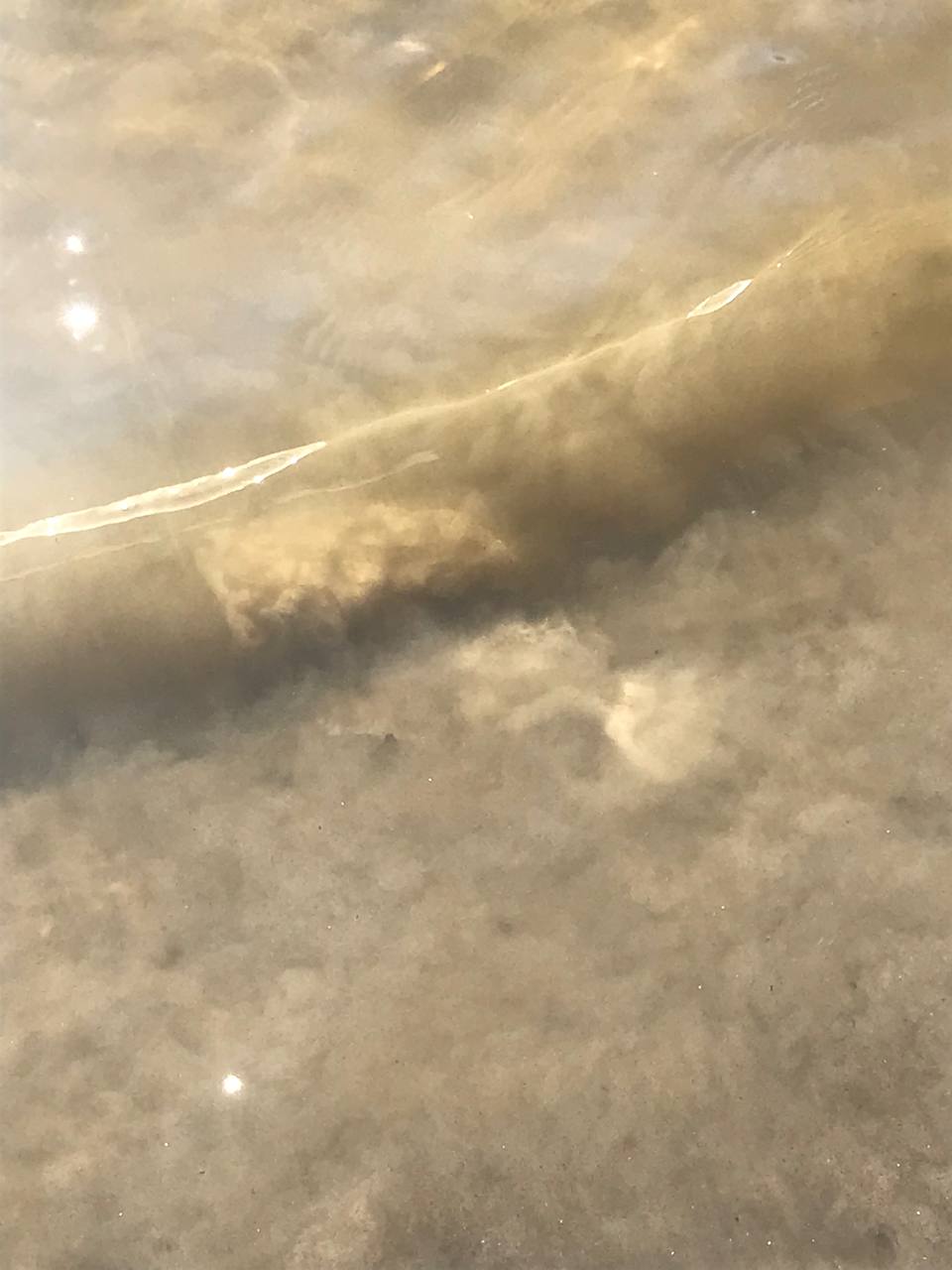
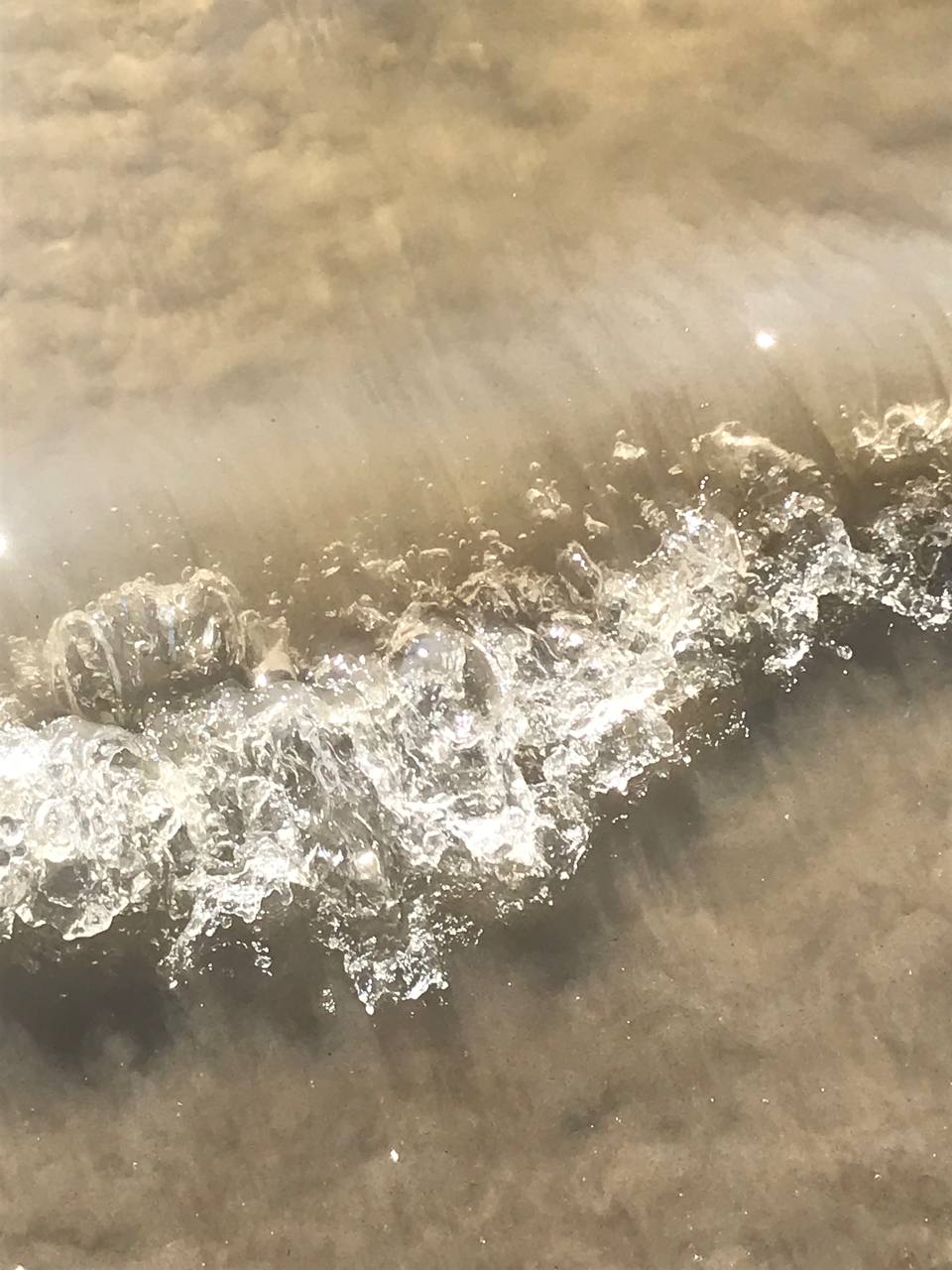
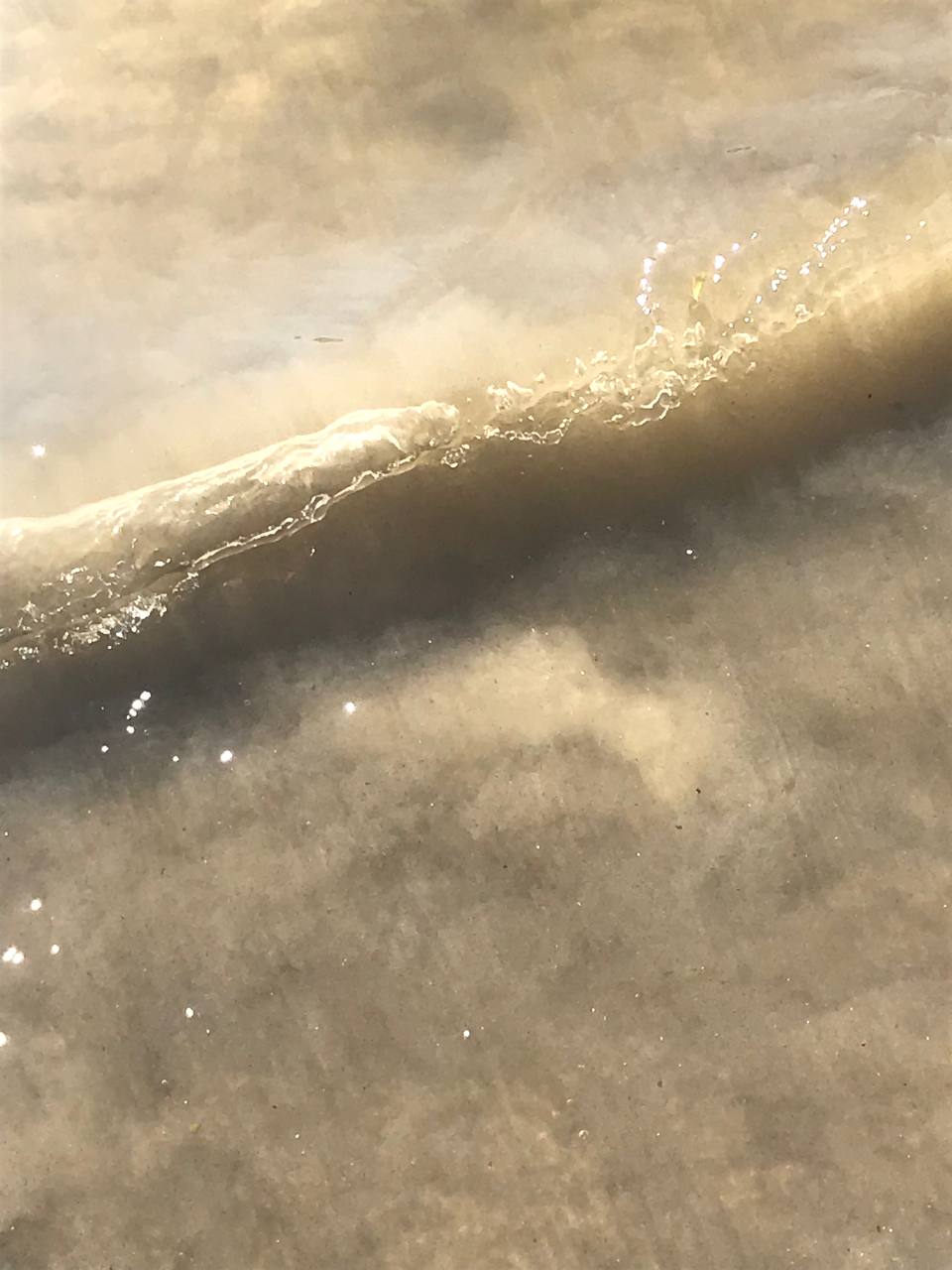
In the end of mediation I’ve focused participant’s attention on the real organism that inhabits river bank — the alder tree. I invited them to touch the tree’s texture in order to feel it’s substance — as real as the substance of each person. But as all the organic substances our body and the bodies of the trees would become a part of environment in the form of water, sand and other components.


Curator: Daria Boldyreva
Program: Cityscrepy and Saint Petersburg State History Museum
Production with the help of Danil Surma